Other Parts Discussed in Thread: UCC27517A, UCC28180, UCC25660
We are using gate driver ic UCC27517A-Q1 with our (pfc + llc) controller, our pfc controller output is 390v- 2.99a.
we are facing some problem, in gate driver ic lower mosfet(Rol) failed after some time and external mosfet short (32a-650v) when we run circuit with full load .
its a ev charger and output dc is 65v -15a, input ac 170v to 270v. please suggest us solution.
1000w_1 pfc.pdfWSJM65R099DX Preliminary.pdf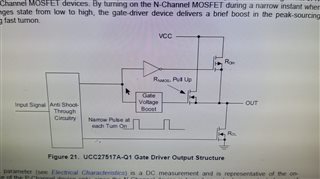
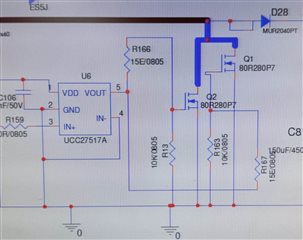



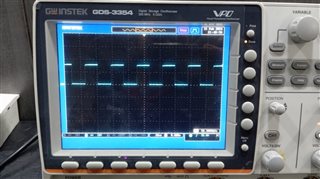
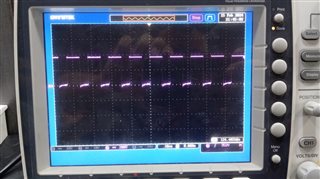
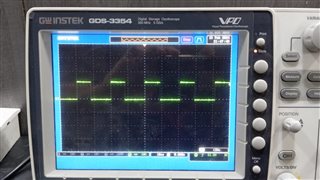


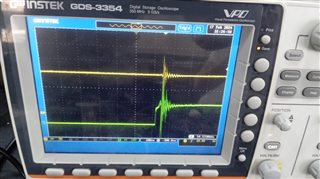 <----- with 0 ohm vdd
<----- with 0 ohm vdd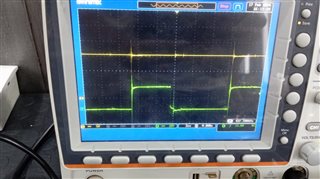 <-------- with 1 ohm vdd
<-------- with 1 ohm vdd